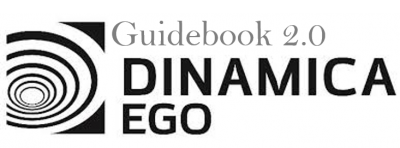This is an old revision of the document!
LESSON 18: Building a land-use and land-cover change simulation model
What will you learn?
* How to simulate land-use change
* How to calculate transition matrix
* How to calibrate a land-use change model
* Using Weights of Evidence
* Map Correlation
* Model Validation
This lesson explores the use of Dinamica EGO as a simulation platform for land-use and cover change (LUCC) models. The eventual goal is to calibrate, validate, and run a LUCC model for the Rondonia State in Amazon Biome, Brazil. Over the coming weeks you will learn how to calculate the amount of change using transition matrices, generate a probability map to help predict the locations of change, combine these two types of information within a model that propagates land change, validate your model based on observed changes, and then use the calibrated and validated model to project change into the future under various scenarios.
Step 1: Calculating Transition Matrices
Step 2: Calculating Weights of evidence ranges and coefficients
Step 3: Weights of evidence correlation
Step 4: Calibrating Patcher and Expander
To calibrate the model, we will use the 2005 map as the initial landscape and the 2011 map as the final map. The landscape maps are signed 8-bit integer and represent the classes shown in Table 1.
Step 5: Generating Probabilities map and simulating LUCC
Step 6: Validating with exponential decay function and multi window similarity
Step 7: Projecting changes into the future (Trajetories)
Lesson under construction
Congratulations, you have successfully completed this lesson! Now let’s move to the next lesson: LESSON 19: The wizard editor in Dinamica EGO
